“Nature’s storybook is everywhere and always open…. such happy experiences based on interest truly enriches life.” – Adventures of a Nature Guide, by Enos Mills, 1920 .
The ecosystem is a web designed to hold all of us together, whether we are as small as an ant or as large as a black bear. Tracking gives us clues to understand more about the ecosystem that we are part of. How can you follow the clues of tracks to find the hidden story?
Join us on the virtual field trip this Friday January 29th at 10:30 to learn how to turn tracks into a story!
If you’ve registered for virtual field trips since the fall, your same registration link will continue to work.
Or, practice solving tracking clues with these activities:
Go on a tracking challenge. What clues do you when you visit wildlife habitat? What questions do you ask?
Read tracking stories. Our friends shared their stories of reading tracks. Use your own thinking skills as you read to see if you agree with them!
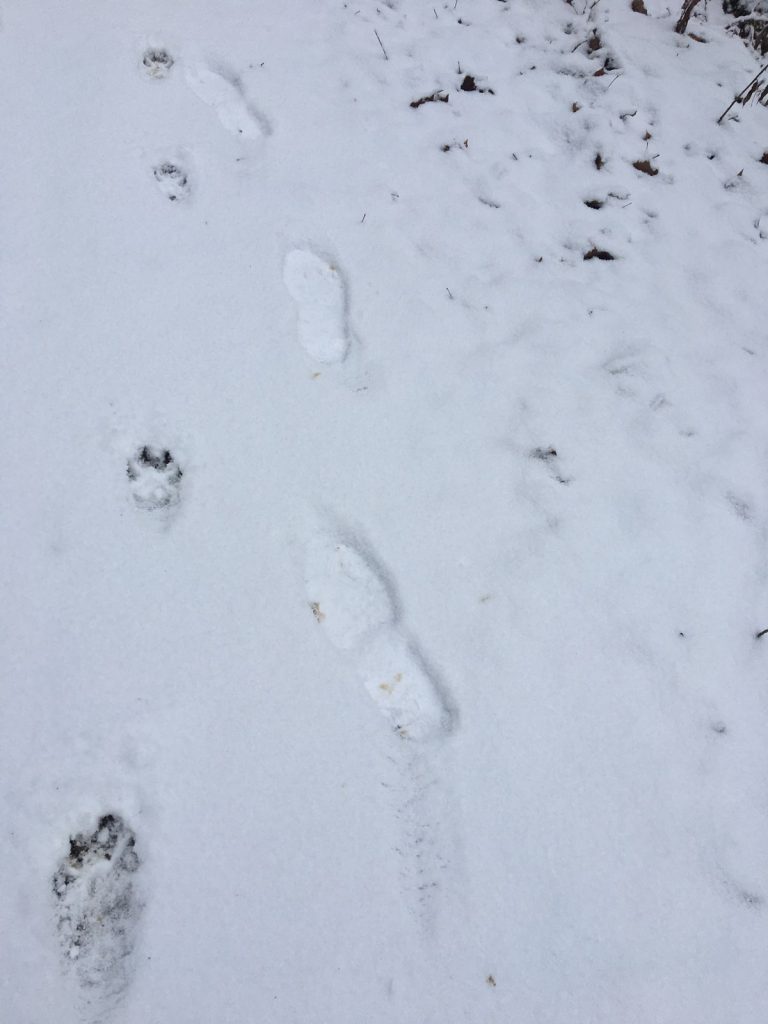
Tracking is like being a detective and looking for clues of life! So much happens in nature when people are not around to see it. Tracking wildlife signs like footprints or scat gives us a look into the recent past.
Mini Tracking Challenge: Explore a wildlife habitat
You might have heard the saying “If a tree falls in the woods and no one is there to hear it, does it make a noise?” We may never know the answer to that age-old question. But we do know that our freshly fallen tree will provide a new home for several native Ohio species.
This week, Rural Action invites all young naturalists to look for tracks around an old fallen log. The best places to go tracking are good wildlife habitat, which means places where animals find food, shelter, or other needs.
If you don’t find an old log, what other wildlife habitat could you explore?
Once you have found your wildlife observation spot, time to look for signs of animal activity.
- Start a list of what signs of wildlife you have found. Here are some signs you might encounter:
- Animal tracks
- Animal fur or bones
- Plants/mushrooms that are eaten or disturbed
- Animal scat (scat is another word for animal waste/poop)
- Disturbed ground or leaf litter
- Marks on trees or logs
- Wildlife sightings
- Wildlife calls (Sometimes you might hear an animal but not see it)
- Make sure to note where you found the signs.
- Write down any questions you might have or curiosities.
- You might wonder what type of animal you are finding signs of. That is okay! Bring your questions to the virtual field trip this week and we will go over them. Or try some of the field guides below.
Need help identifying your finds? There are free field guides available from ODNR, or check out one of these books from the Athens County Public Libraries.
True stories of tracking!
Here are some personal stories from locals in Southeast Ohio about how tracking gave them a deeper understanding of our natural world! Turning your nature discoveries into stories can make your exploration deeper.
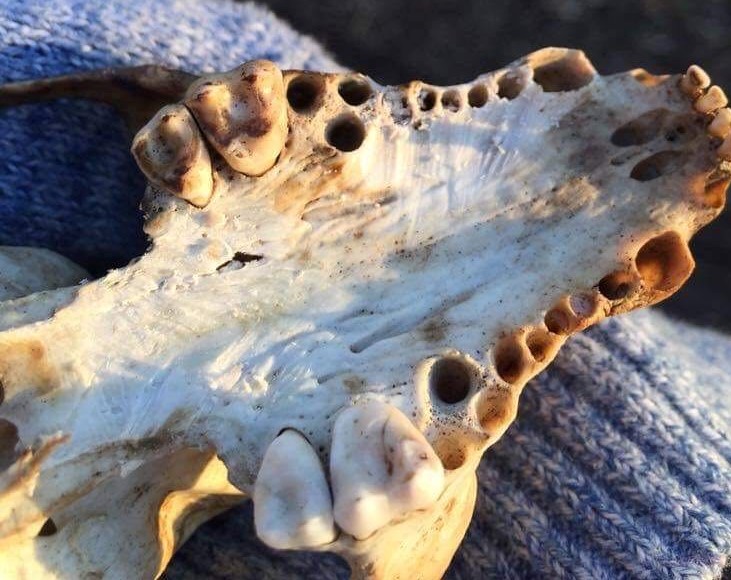
Sarah’s story: The skull
“While exploring a piece of land in Southeast Ohio I noticed an animal skull on the ground. As I approached the skull and examined it closer, I noticed tiny teeth marks near the base of the molars.
After research and measuring the skull, I determined that it was a raccoon. The tiny teeth marks, they were most likely from a mouse or other small mammal. The grooves left in the skull from the small mammal teeth show the many uses that each animal provides. That one raccoon provided a meal for coyote, and nutrients and minerals for small mammals.
This one single skull tells a story, evidence of multiple wildlife that live in the wood. This delicate story would not have shown itself if I had not looked at the signs around the forest floor. When I started following the well-traveled animal path, then I found the skull. Through this tracking experience I found beautiful evidence of life in Appalachia.”
– Sarah H, Millfield, Ohio.
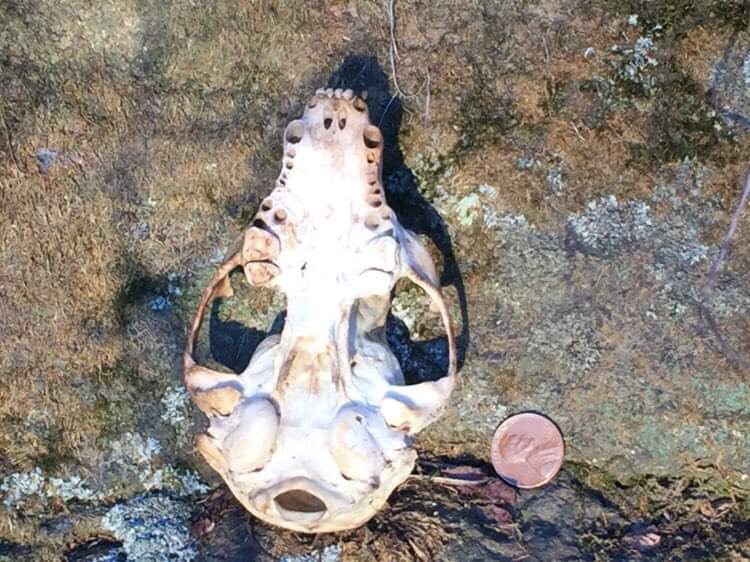
Joe Letches’s story: What did the fox drag?
About 15 years ago, I came upon a red fox trail in the snow that appeared to be dragging a leash. The only two scenarios I could come up with was that it was dragging a leash, or it was dragging a really big snake. A fox with a leash does not make sense, and a snake in the middle of winter also does not make sense.
I backtracked the fox for at least 2 miles and found that it had dug a big hole in the side of a bank, and that is where the drag mark started. At that point I suspected the fox had dug a big snake out of its hibernaculum. So, I got back on the trail and fore tracked.
Sure enough, I came up on a big black rat snake cached in the snow. I looked up and saw the red fox coming towards me, apparently coming back for its snake. As soon as it saw me, it did a literal backflip in the air and took off in the other direction. That was an interesting track!
– Tracker Joe Letsche, Chillicothe Ohio
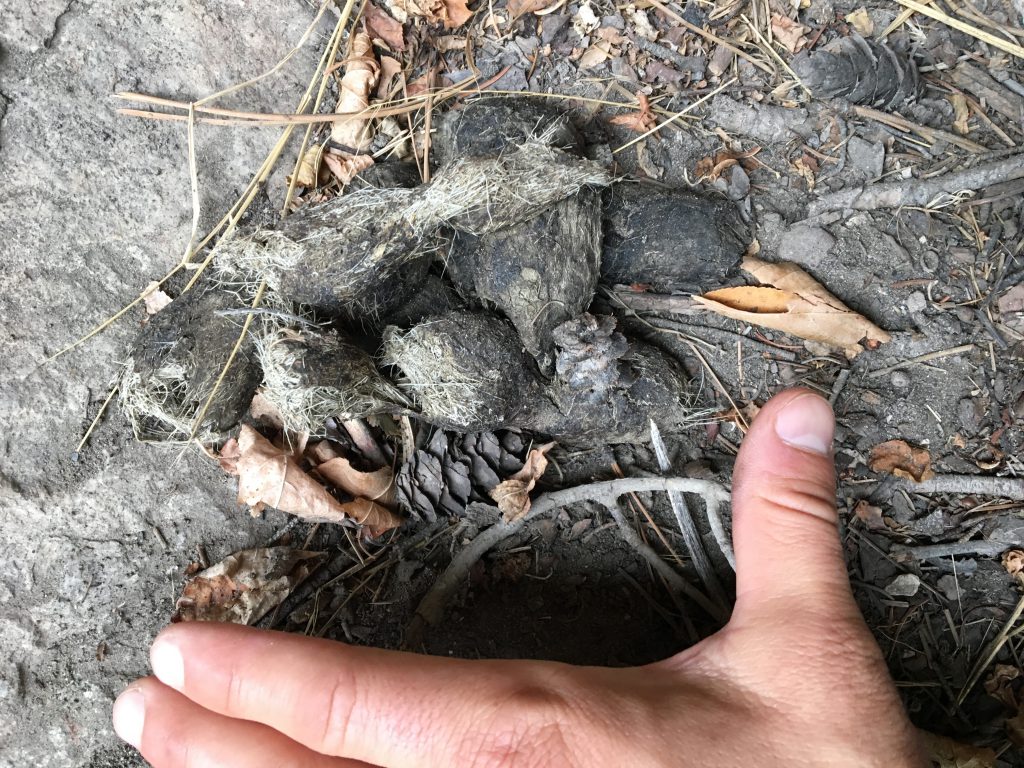
Joe Brehm’s story: A Hunt
Hiking with a friend in Montana many years ago, we walked up a well-traveled path only a few miles from the nearby city. The ground was covered in snow, and the path was packed down because of all the hikers and cross-country skis from the past few days.
, and came to the deer carcass. It had mountain lion tracks all around it, including the smaller tracks of baby mountain lions. It is likely the mother lion and her kits were watching us from a safe distance while we quickly examined the scene and then slid back down to the trail.
Only a few minutes into the hike, my friend noticed a “drag” in the snow–it looked like someone had taken a sled down a steep and forested hillside. We followed the drag mark to the right of the trail, through young douglas fir and ponderosa pine trees.
It led us to a set of mountain lion tracks, and we were able to see where the lion had waited and then ambushed a whitetail deer. The lion killed the deer instantly with a bite to the back of the neck and then dragged it back towards the path and across the well-traveled trail.
We followed the drag trail up the steep hillside–we had to climb on hands and knees–through thicker forestThe reason I love tracking so much is that it helps you read stories like this in the snow, mud, sand, and dust that you would otherwise miss completely.”
–Tracker Joe Brehm, Millfield, Ohio.
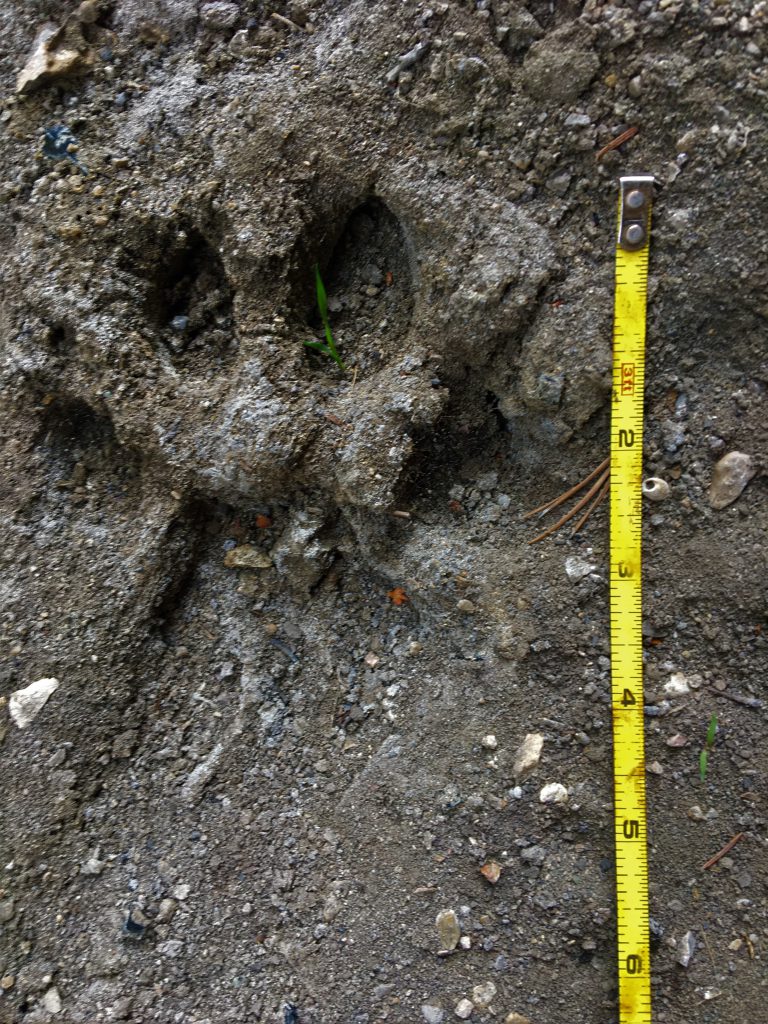
What did you think about while reading the tracking stories? Do they remind you of any time you’ve been in nature? What is one animal you would like to find evidence of in the forest?
Just like the Joe Brehm said in his story
, tracking is like reading a book. You can learn to look at the woods and read a story about life. Go outside, explore, be curious, follow the signs that you see. You will be amazed at the story’s nature will tell you.See y’all on the virtual field trip!